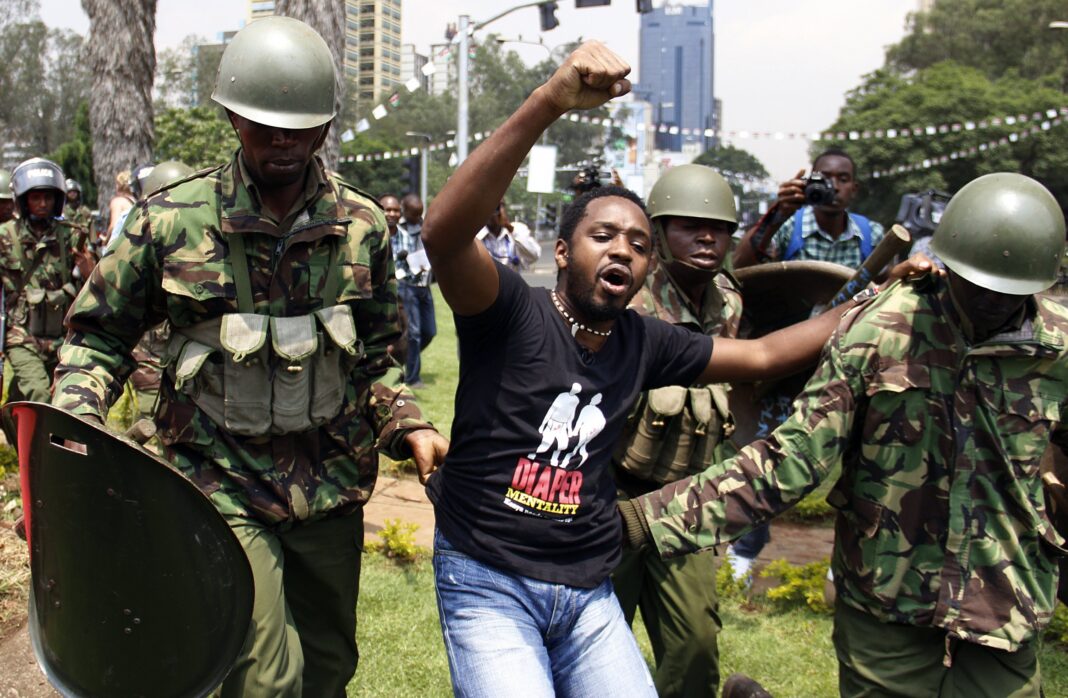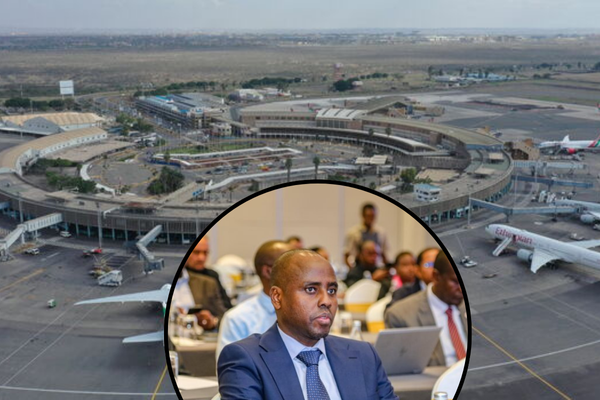Explosive IATA audit exposes crumbling runway, skeleton firefighting crew and safety failures that threaten to ban Boeing 777s and shut down long-haul flights
Kenya’s crown jewel of regional connectivity faces an unprecedented reckoning. A joint inspection by the International Air Transport Association, the Kenya Civil Aviation Authority and Kenya Airports Authority, triggered by mounting airline concerns over deteriorating infrastructure, has laid bare a catalogue of failures that now threatens to sever Jomo Kenyatta International Airport from the global long-haul network.
The audit, dated June 2025, reads like an indictment of institutional neglect. The airport’s sole operational runway exists in what inspectors described as “one stage or another of disintegration”, with heavy rubber deposits obscuring centreline markings and reducing friction levels that significantly heighten the risk of runway excursions, particularly in wet weather. This is not cosmetic decay. These are the conditions that precede catastrophe.
But the runway crisis pales against what may prove the most commercially devastating finding. JKIA operates with just 77 active firefighting personnel, including trainees, against an approved establishment of 143, forcing the airport onto a three-shift pattern that violates human factor and fatigue management standards. The consequence is clinical: inspectors have recommended downgrading the airport’s rescue and firefighting category from 9 to 7.
Such a downgrade would bar large aircraft including the Boeing 777, 787 and Airbus A350 from using the airport, effectively amputating JKIA’s long-haul international operations. For an airport that bills itself as East Africa’s principal aviation hub, this would represent nothing short of commercial evisceration. Kenya Airways, which operates a fleet heavily dependent on wide-body aircraft for its intercontinental routes, would face an existential crisis.
The problems metastasise across every critical system. Ground Flight Safety personnel lack proper coordination with Air Traffic Control, with absent handover procedures increasing the risk of runway incursions and ground collisions, while marshallers operate without refresher training on signage and phraseology required by ICAO standards. Open drainages and stagnant water bodies near the cargo terminal serve as habitats for birds and waterfowl, yet the wildlife hazard management team remains undertrained and under-equipped, with several officers lacking certification in safety management systems.
The Kenya Airports Authority insists the audit has been “overtaken by events”. Acting Managing Director Mohamud Gedi claims comprehensive maintenance contracts now cover the runway and taxiways, asserting “there are currently no potholes reported at the airport”. The authority points to 75 newly recruited firefighting personnel who completed basic training in June 2025, alongside secured budget allocations for full runway resurfacing.
Yet the timing of these assurances raises uncomfortable questions. Why did it require an IATA inspection to catalyse action on deficiencies that have been deteriorating for years? Kenya Aviation Workers Union secretary-general Moss Ndiema notes that the union raised these concerns long before the report, but they fell on deaf ears, questioning why KAA, which generates billions annually, has failed to implement simple fixes.
The crisis arrives at a moment of maximum vulnerability for Kenya’s aviation sector. The controversial collapse of the proposed Adani Group concession to modernise JKIA has left the airport without a clear investment pathway. Meanwhile, regional competitors including Julius Nyerere International Airport in Dar es Salaam and Kigali International Airport continue aggressive expansion programmes, circling JKIA’s wounded position like sharks.
The economic implications extend far beyond aviation. JKIA processes over 7 million passengers annually and accounts for more than two-thirds of Kenya’s total air traffic. It serves as the arterial gateway for tourism, horticulture exports and business travel that collectively generate billions for the national economy. A firefighting category downgrade would force airlines to reroute long-haul services through competing regional hubs, hemorrhaging both passengers and cargo revenue while undermining Kenya’s positioning as the region’s commercial capital.
What makes this crisis particularly galling is its preventability. These are not sophisticated technical challenges requiring breakthrough engineering. Runway repainting to ICAO Annex 14 standards, regular friction testing, proper training for wildlife management officers and adequate firefighting staffing represent elementary infrastructure maintenance. The failure to execute them points to deeper governance pathologies within KAA and its oversight bodies.
The audit has exposed uncomfortable truths about institutional capacity and political will. As Kenya pursues its ambitions as a regional economic hub, its principal airport languishes in disrepair, threatening to transform from gateway to bottleneck. The question now is whether this serves as catalyst for genuine reform, or merely another report destined for bureaucratic obscurity while JKIA continues its slow decline into irrelevance.
The clock is ticking. Every day that passes without comprehensive remediation increases the likelihood that IATA’s recommendations become mandated realities, and Kenya watches its aviation crown slip away to rivals who simply maintained what Kenya allowed to rot.


